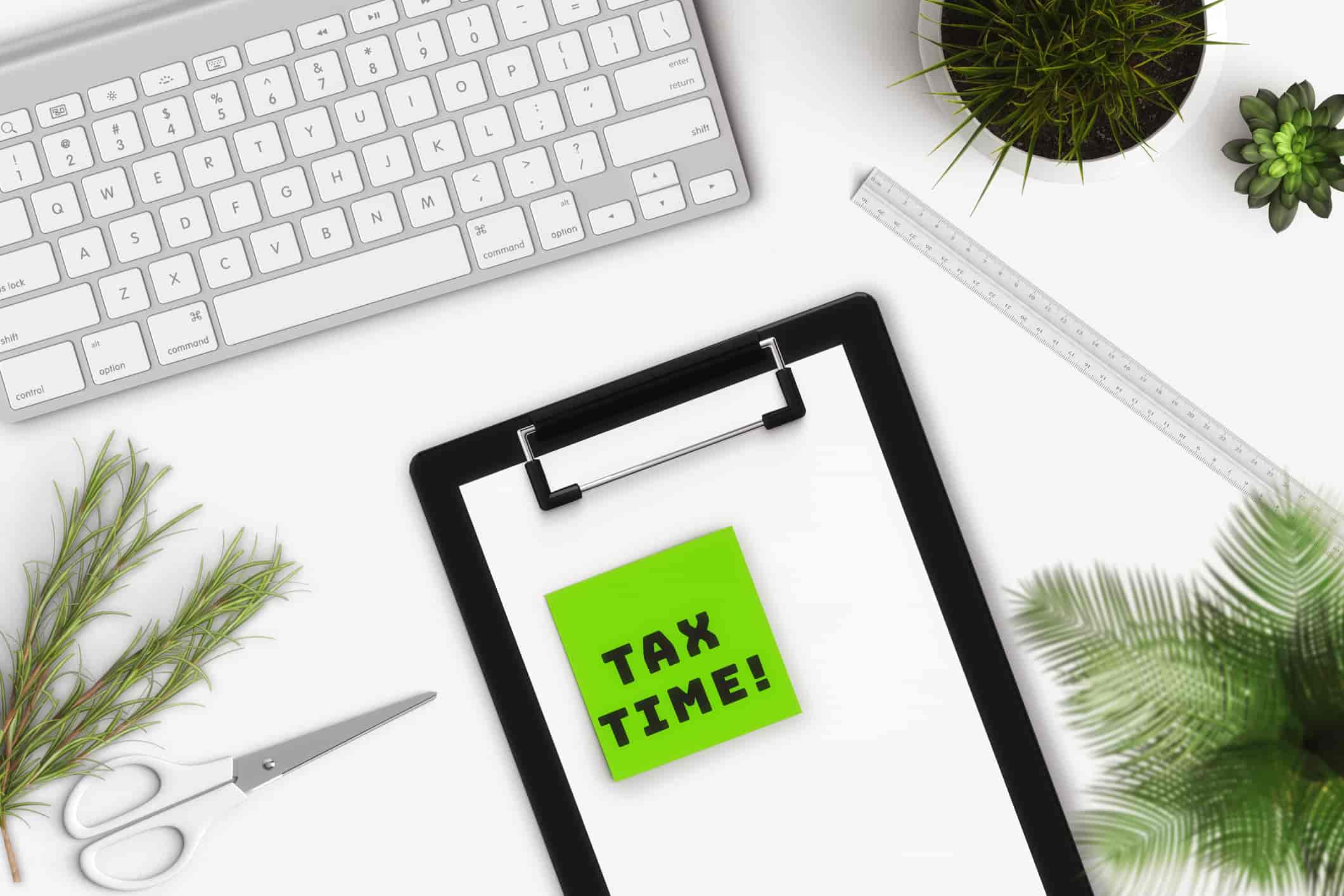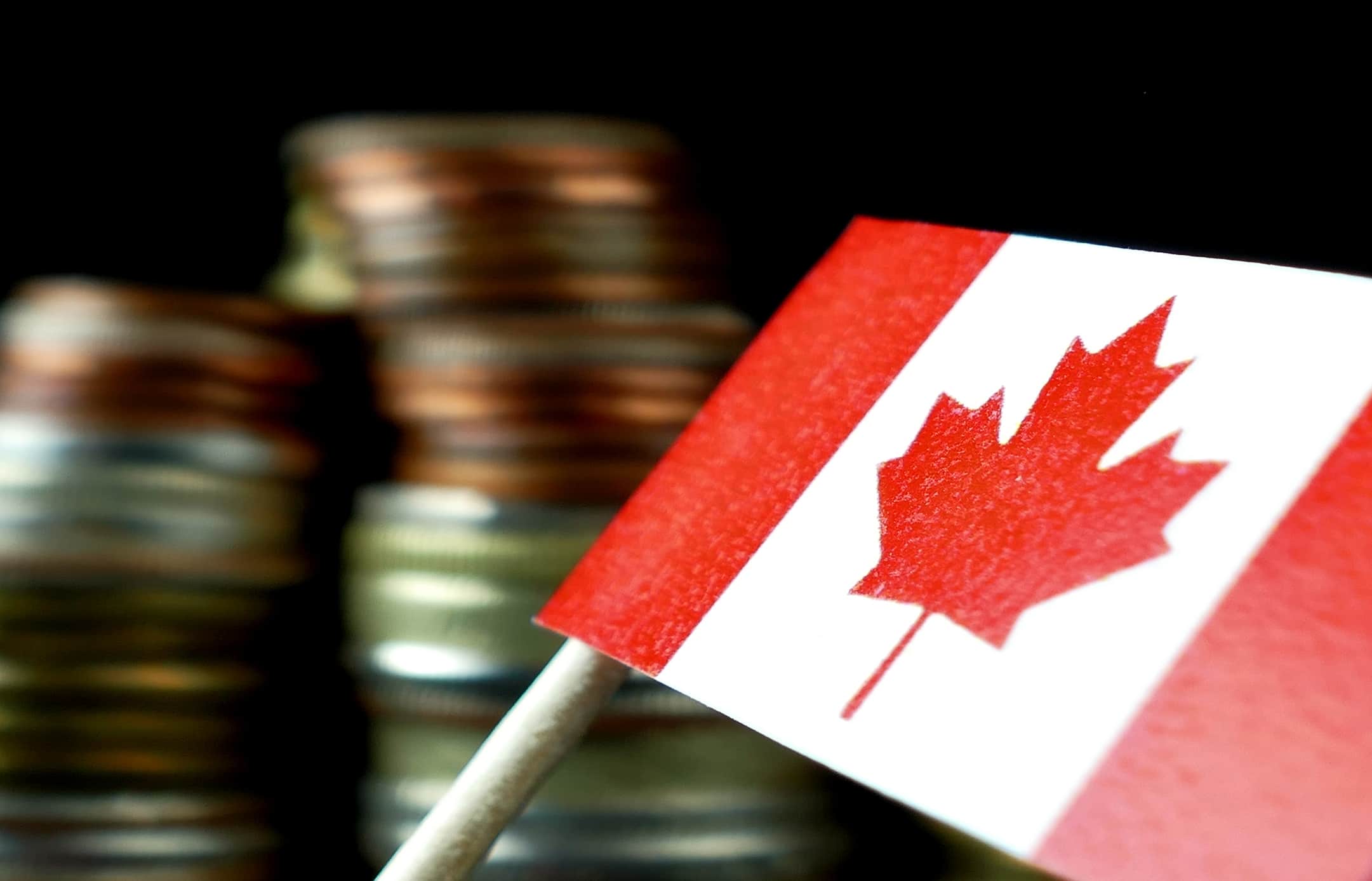
Ready to file your Canadian tax return?
As long as you have income in Canada, whether that be from employment, commission or investment you’re required to pay tax.
However, it mightn’t always be that simple, especially if you’re not used to Canada’s tax system.
That’s why this article will fill you in on the documents needed to file taxes in Canada!
But first, when is the deadline?
Usually, the deadline to file your taxes in Canada is April 30, unless that date lands on a weekend, and since it does for 2022 the deadline is May 2 instead.
Social Insurance Number (SIN) or Individual Tax Number (ITN)
SIN
You’ll firstly need your SIN. This is a nine-digit number that you need to obtain to work in Canada.
When you start work in Canada you are required to provide your employer with your SIN. This is so that your income information can be reported.
You’ll need this number when filing taxes in Canada, so make sure you have it ready when filing your taxes!
Need help obtaining a SIN? Taxback.com can help you apply for it!
For more information on SIN, you can read: What is a Social Insurance Number (SIN) in Canada?
ITN
To be eligible for a SIN you have to have a permit to work in Canada. If you don’t have a work permit you can apply for an ITN.
For example, if you’re travelling to Canada to study you may not always have permission to work alongside your study permit.
The great thing is that the ITN can also be used for tax purposes!
In the case that you need to apply for an ITN, you should do so as soon as possible after your arrival in Canada.

T-slips
There are a couple of different Tax slips, also known as T-slips that you’ll need to file your taxes in Canada. Here are some main ones:
T4
Once you start work in Canada, at the end of the year you will be issued a T4 form by your employer – typically by the end of February.
This is a summary of all the income you’ve had and the taxes you paid for the entire year.
Note: if your employer doesn’t provide it for you, you can request it.
If you have a number of employers in the year, you will need a T4 slip from each of them for filing purposes.
The way you’ll receive your T4 slip is either a paper copy mailed or given to you or alternatively, you’ll be sent an electronic copy.
You may wonder can you complete your tax return without your t4 slip?
Technically yes, you can file your tax return without your t4 slip. But while you mightn’t need the actual T4 slip, you’ll still need the information on it for filing your tax return.
In the case that you don’t have your T4 slip, you can do some of the following:
- Use the “auto-fill my return” service provided by the Canada Revenue Agency (CRA)
- Call the CRA and ask them to provide you with the information on your T4 slip over the phone
- Call your employer and ask if they could provide you with a T4 slip or with the numbers on your T4 slip
Worked in Quebec? You’ll also need an RL-1
If you work or have worked in Quebec or for an employer located in Quebec throughout the year you’ll receive an RL-1 alongside your T4 slip.
An RL-1 shows any income from your employers you’ve has in Quebec during the tax year.
What is the difference between T4 and RL-1?
The T4 is a federal slip, meaning it includes the national income taxes of Canada, whereas an RL-1 includes specifically Quebec’s income taxes.
T4A
You may need a T4A slip in some cases. A T4A is known as a ‘Statement of Pension, Retirement, Annuity and Other Income.’
T4A slips show income that you made without an actual employer, so for example any self-employment income or educational assistance payments.
When you’re filing your taxes you may need just a T4 or just a T4A or both, depending on your personal circumstance. For example, if you work for an employer but are also self-employed on the side, you’d have to have both documents when filing your tax return.
T4E
Another slip you might need to have for filing taxes in Canada is the T4E slip. You’ll receive a T4E slip if you fall under any of the following circumstances:
- You acquired any Employment Insurance benefits
- You’ve paid back an overpayment from a prior year
- You’ve received Canada’s Emergency Response Benefit (e.g. the COVID-19 Pandemic assistance payment)
Note if you live in Quebec and fall under any of the above circumstances you’ll receive a T4E(Q) slip instead.
You can obtain your T4E slip in two ways, either online if you have an account on My Service Canada Account or by mail from the CRA.
You should have this document by February 28 (or you can obtain it online from February 1). If you’re waiting to receive it by mail and haven’t received it by the middle of March you should contact the CRA.
T3
You’ll obtain a T3 slip if you received money from investments, such as:
- Mutual funds in non-registered accounts
- An estate (if someone passed on)
- Personal trust
However, even if you received money from investments you may not always receive a T3. Circumstances in which you might not receive a T3 include if the interest you made in the past year was under $50 or if the capital gains or dividends were under $1.00.
Nonetheless, the CRA still expects you to report the amounts you made from the investment when you’re filing your tax return.
T5
A T5 slip is the Statement of Investment Income. This is any income that you’ve had from investing.
If you have an investment account with a financial institution they will provide you with a T5 slip, but only if you’ve made investments of over $50.
If you’ve made less than $50, you will not be taxed on that amount, nonetheless, you should still report any income from investments.
T2202
If you’re a qualifying student and you’ve paid tuition fees in Canada there is a tax form known as the Tuition and Enrolment Certificate from which you may be able to claim for tuition, textbooks or education when you’re filing your tax return.
You’re a qualified student if:
- You’re attending a designated academic institution as a registered full-time student in an educational program OR if you’re registered as a student in a designated academic institution where you need to devote at least 12 hours on program courses a month
- You’re able to provide proof of being registered from the academic institution in Canada
The academic institution you’re attending should provide this document for you either in paper form, on an online portal or by email.
Read also: Your Bullsh*t-Free Guide to Canadian Tax for Working Holidaymakers

What else do I need to file my taxes in Canada?
You may also be eligible for credits or deductions on some expenses you made throughout the year. For example:
- Medical expenses
- Charitable donations
- Moving expenses
- Business expenses
However, you need to make sure you keep records or receipts of these expenses as the CRA may ask you to provide them and if you can’t then you won’t be able to claim credits or deductions on these expenses.
For more information on claiming from expenses, you can read: How to Minimise Your Canadian Tax Bill
Ready to file your Canadian tax return?
For a quick and stress-free process, you can now prepare your Canadian tax return online with Sprintax!
Why apply with Sprintax?
- It’s a quick online service
- We’ll make sure that you’re 100% tax compliant with Canada’s authorities
- We’ll ensure you get your maximum legal refund
- You’ll have your tax form prepared for you
- You’ll have 24/7 live chat support
If you don’t already have an account with us you can start the process by creating one.
File your tax return with Sprintax today!

